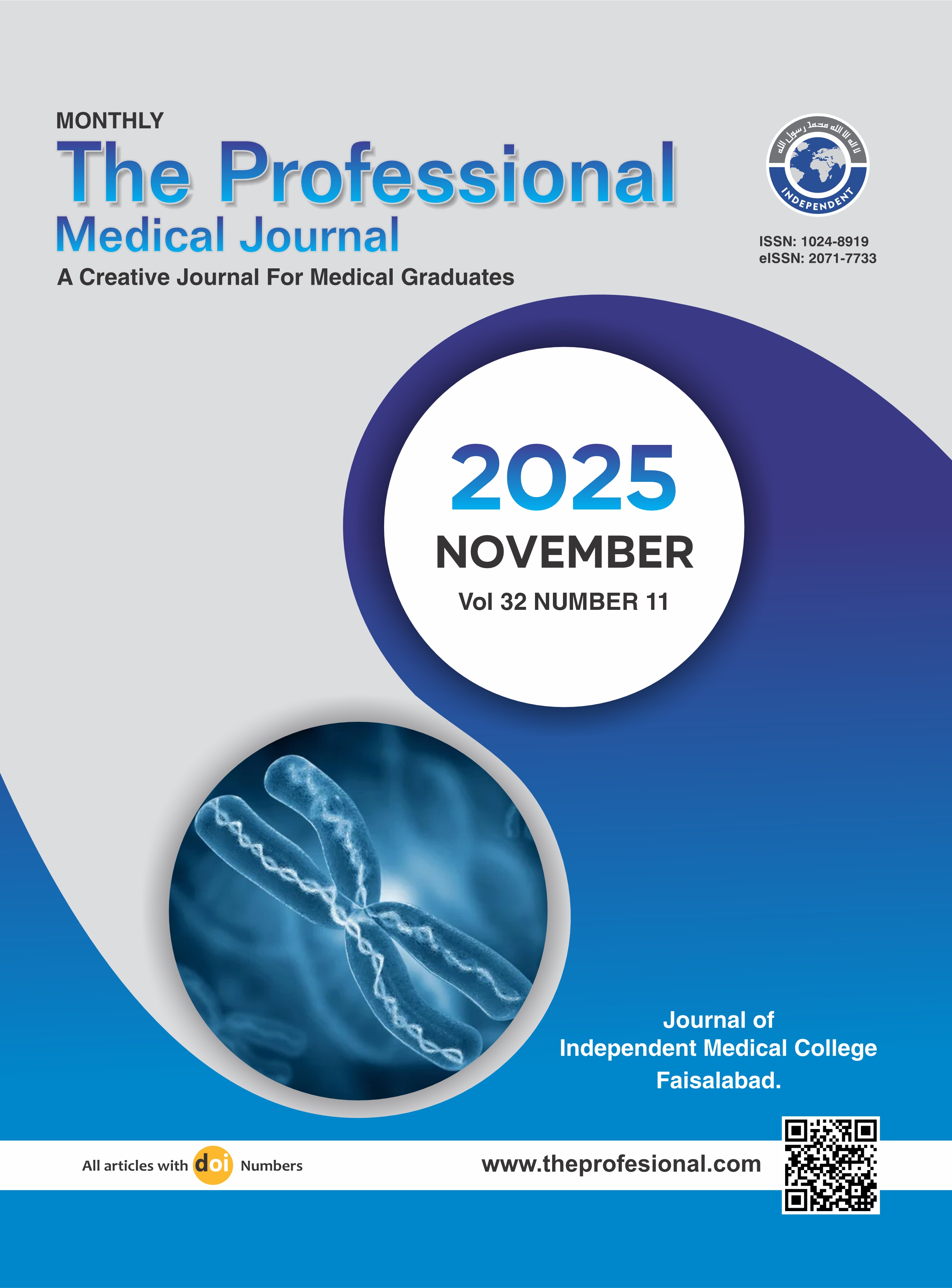Prevalence of sexually transmitted infections among married women in Pakistan.
DOI:
https://doi.org/10.29309/TPMJ/2025.32.11.9998Keywords:
Prevalence, Pakistan, Sexually Transmitted Diseases, Socioeconomic Factors, Women's HealthAbstract
Objective: To determine the prevalence of STIs and associated sociodemographic factors among married women in Khyber Pakhtunkhwa, Pakistan. Study Design: Community-based Cross-sectional study. Setting: Khyberpakhtunkhawa. Period: March 2023 to March 2024. Methods: Was conducted among 650 married women aged 18-49 years using multistage cluster sampling. Participants completed structured questionnaires and provided specimens for laboratory testing of five curable STIs (trichomoniasis, chlamydia, gonorrhea, syphilis) and three viral STIs (HBV, HIV, HPV). Multivariate logistic regression identified factors associated with STI positivity. Results: Overall STI prevalence was 22.0% (95% CI:19.0-25.3), with trichomoniasis being most common (15.1%). Significant risk factors included: no formal education (aOR=4.25, 95% CI:1.89-9.56), rural residence (aOR=1.92, 95% CI:1.31-2.81), household income <25,000 PKR/month (aOR=2.89, 95% CI:1.31-6.38), and marriage before age 18 (aOR=2.15, 95% CI:1.42-3.26). Women aged 35-49 years had lower risk (aOR=0.61, 95% CI:0.38-0.98) compared to younger women. Conclusion: Married women in Pakistan bear a high burden of STIs, particularly those with limited education, low income, and early marriage. These findings highlight the need for integrated STI screening in routine women's health services and targeted interventions addressing socioeconomic disparities.
Downloads
Published
Issue
Section
License
Copyright (c) 2025 The Professional Medical Journal

This work is licensed under a Creative Commons Attribution-NonCommercial 4.0 International License.


